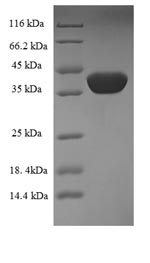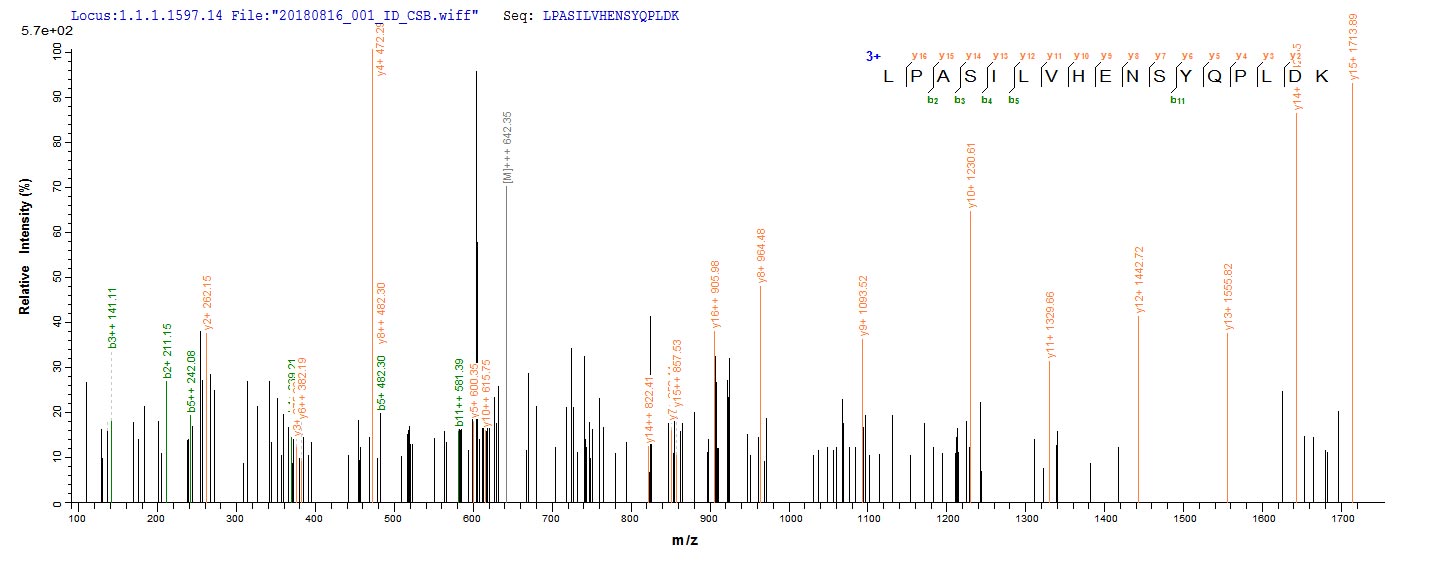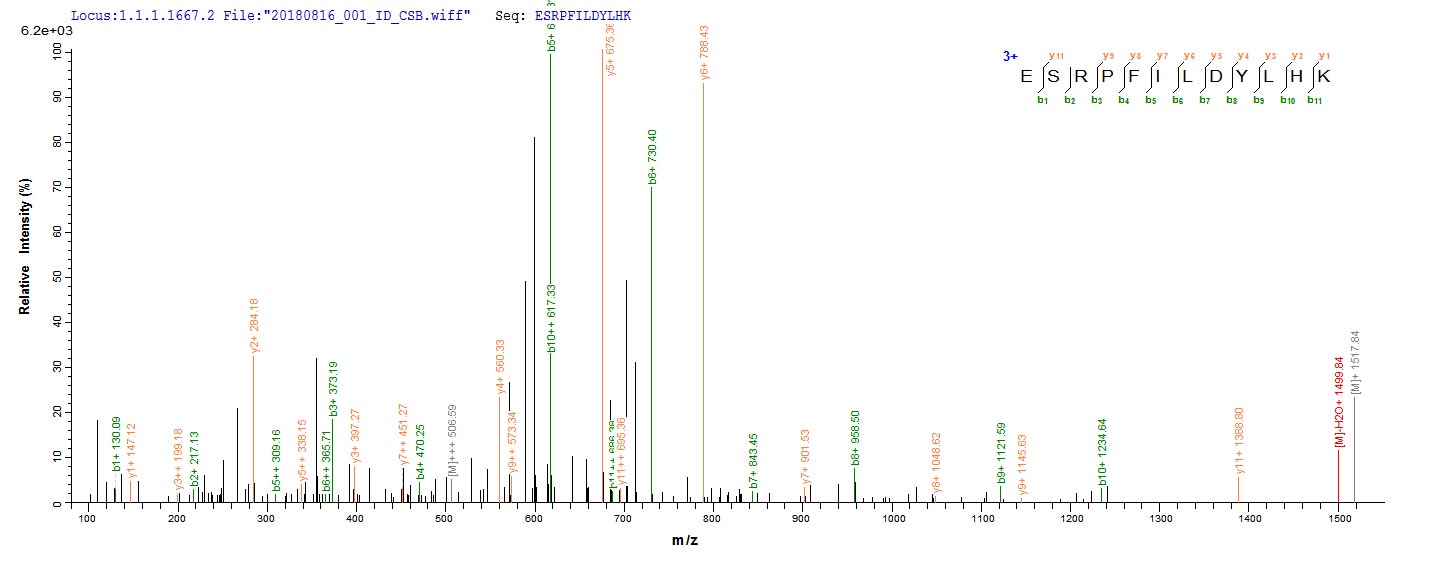Amino acids 1-240 constitute the expression domain of recombinant Escherichia coli (strain K12) nfsA. The calculated molecular weight for this nfsA protein is 42.8 kDa. This nfsA protein is produced using e.coli expression system. The N-terminal 6xHis-SUMO tag was smoothly integrated into the coding gene of nfsA, which enables a simple process of detecting and purifying the nfsA recombinant protein in the following steps.
Escherichia coli oxygen-insensitive NADPH nitroreductase, encoded by the nfsA gene, is an enzyme that belongs to the nitroreductase family. This enzyme is involved in the reduction of nitroaromatic compounds using NADPH as a cofactor. The NfsA enzyme plays a role in the detoxification of nitroaromatic compounds by catalyzing the reduction of nitro groups to amino groups. This process is essential for bacterial resistance to nitro-containing antibiotics and for the metabolism of certain environmental pollutants. Understanding the structure and function of NfsA contributes to the knowledge of bacterial adaptation to diverse environments.






